Beyond its epic slopes and picturesque mountain views, Vail’s wintry charm isn’t the Colorado ski town’s only aspect reminiscent of the Alps. Vail’s aesthetic and Euro-culture is steeped in history, with narrow streets lined with Tyrolean-style facades, replete with Austrian inspired eateries, vintage chalets, and year-round holiday boutiques that exude warmth and rustic charm.
Below, what inspires the European twist of Colorado’s world-famous ski destination.
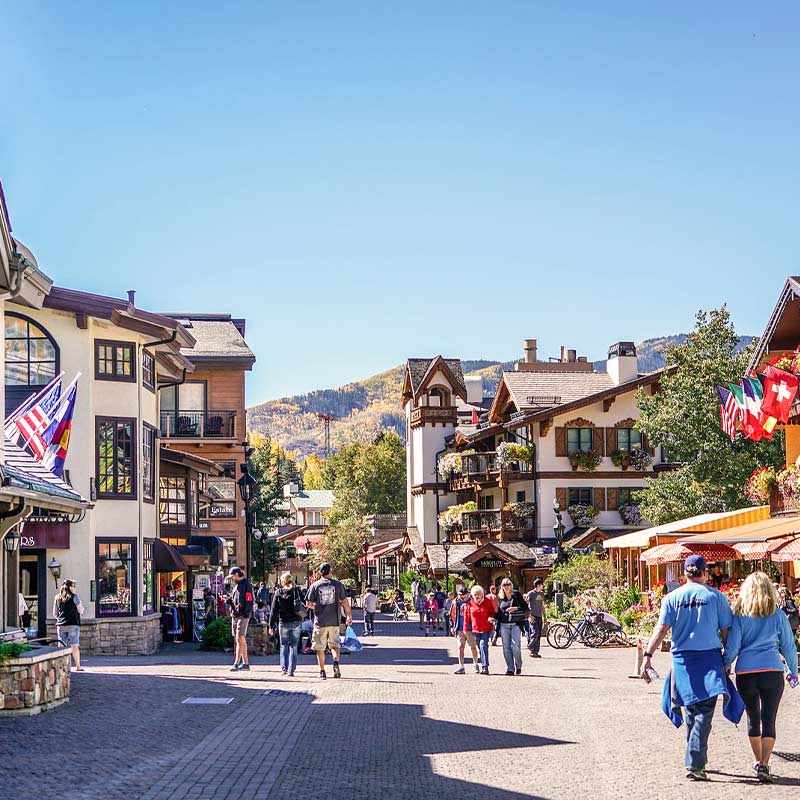
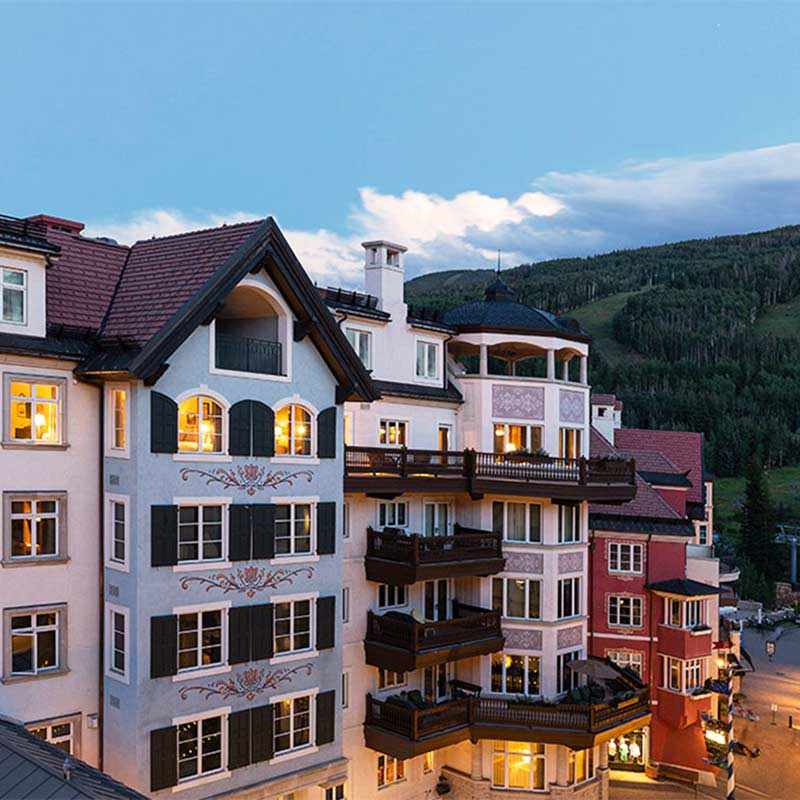
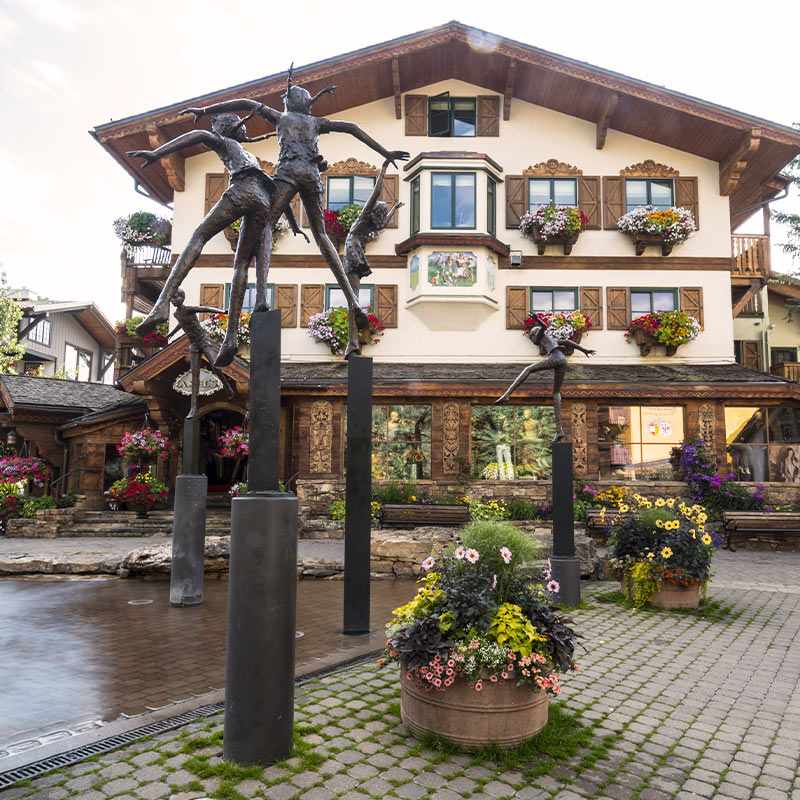
Architecture
Impressive woodworking and ornamental trim of Vail’s lodges and shops evoke its Eastern European appeal. The quaint buildings located throughout Vail’s two villages, Vail Square and Lionshead Square, are comprised of colorful shutters, steeply pitched roofs, and inviting balconies where guests can admire the town’s lively visitors and seasonal activities. Wandering the winding pathways conjure sentiments of European tradition and a welcoming ambiance that embody the heritage and lifestyle of the Alps.
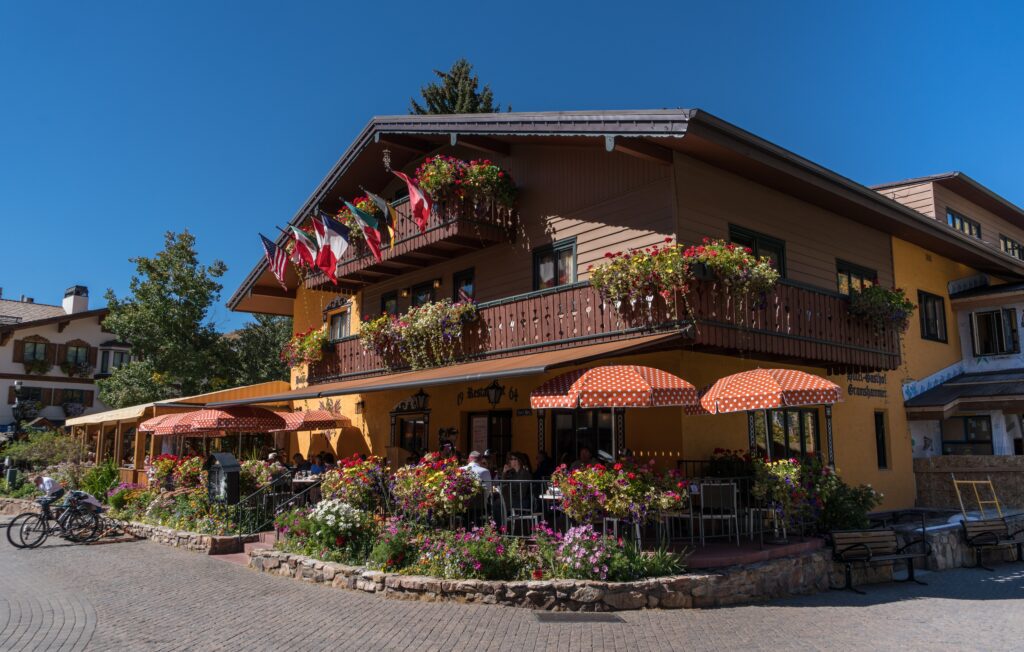
Restaurants
Gourmet restaurants populate the pedestrian streets drawing famous chefs to take up shop in Vail. Aside from contemporary cuisine, longstanding favorites like Pepi’s and Swiss Chalet embrace the Bavarian culture with signature dishes like baked spaetzle, Swiss fondue, and of course, schnitzel. And, an authentic Swiss-style dinner isn’t complete without German beer or après ski cocktails.
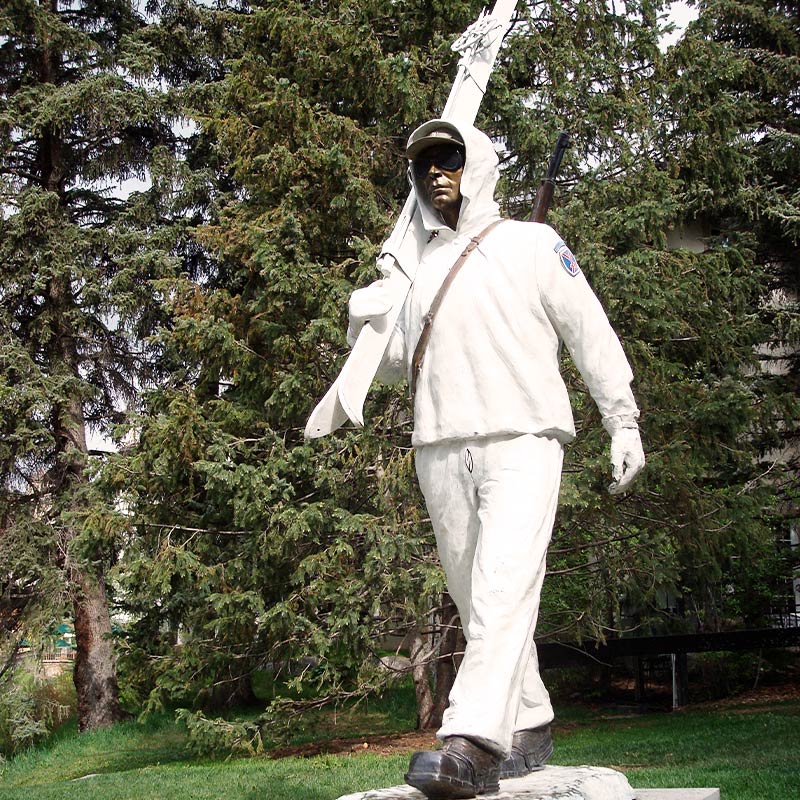
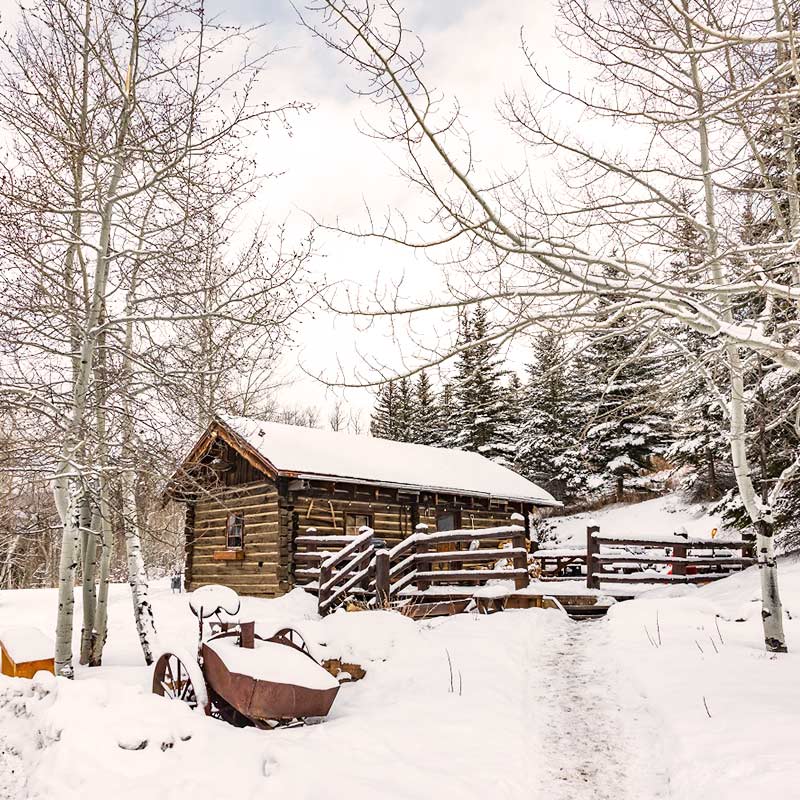
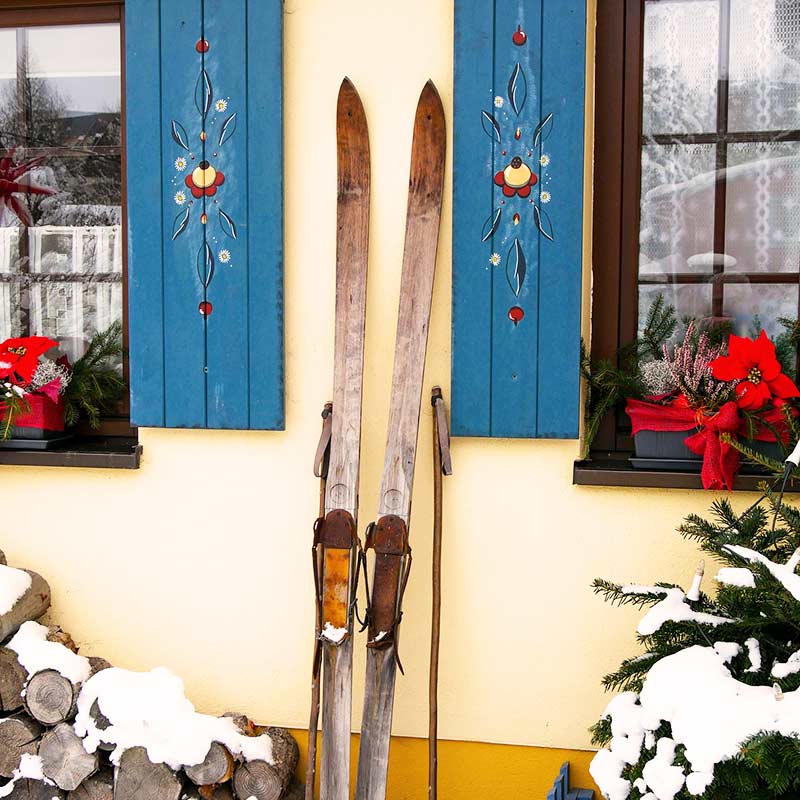
Vail History
During World War II, Vail was home to the 10th Mountain division practicing survival techniques amidst its Alp-like terrain. Among those who trained in the area, Vail pioneer Pete Siebert, returned to mold his vision into the town’s design. Several visits to Zermatt, Switzerland influenced architecture decisions and an alpine atmosphere extending beyond Vail’s iconic ski slopes.
Construction of Highway 6 lead by Charles Vail linked Denver to the ski town, lending the village its iconic name. Many visionaries contributed to developing the military training ground into the renowned ski resort it is today.